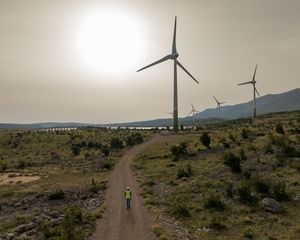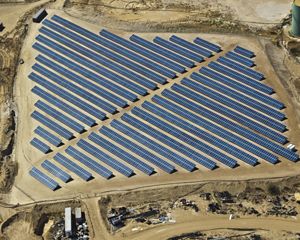Building Europe's Renewable Energy Future
By planning clean energy smartly, Europe can become the world's first climate-neutral continent—ensuring that both people and nature thrive.
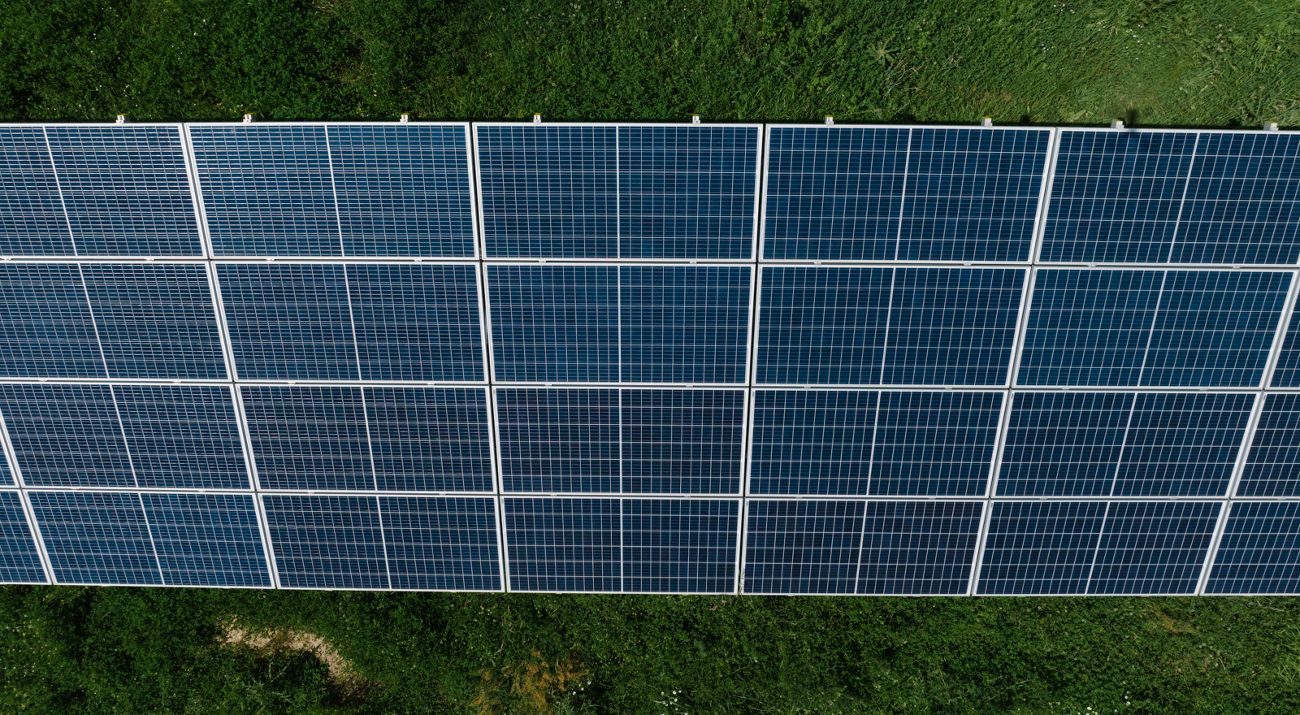
Europe has set out to become the first climate-neutral continent by 2050.
With energy needs showing no sign of diminishing, accelerating the development of renewable energy is critical to meeting that goal. Indeed, the world will need to triple global renewable capacity by 2030 to meet the emission reduction goals laid out in the Paris Agreement.
However, clean energy installations like wind and solar farms require significantly more land than their non-renewable predecessors.
Finding Suitable Land
A key barrier to rapidly deploying renewables is identifying enough suitable land that doesn't unduly harm the nature and communities in their path. Fortunately, if we plan the expansion of renewable energy carefully, we can benefit both nature and people in the long-term.
Global insights, directly to your inbox.
Get our latest research, insights and solutions to today’s sustainability challenges.
Receive our newsletterOur preliminary scientific findings tell us there is more than enough suitable land to meet the EU’s goal to increase the share of renewable energy to at least 42.5% by 2030, if not the more ambitious 45% target we support.
Factoring in environmental and socio-cultural sensitivities at the outset will accelerate Europe’s transition to climate neutrality, ensuring that both biodiversity and renewable goals are met.
The Opportunity: Go Smart to Go Fast
By bringing clarity, confidence and certainty to the renewable development process, we are confident that we can accelerate renewable deployment and achieve key policy goals.
From our experience in the U.S. and India, we know that smart siting reduces costs, shortens permitting, positively impacts natural and cultural resources, and supports equity—enabling the achievement of multiple goals at once.
To make smart siting a reality, we regularly collaborate with policymakers, local communities, scientific institutions and key industry actors to ensure the right decisions are taken in Europe to provide best practices for the global roll-out of renewables.
This way, we aim to find the best places for renewable energy and advance policy and markets to support implementation while driving benefits for communities in Europe and beyond.
In Europe, we are making the case for smart renewables deployment in a few different ways:
1. Mapping a renewable energy future
We're working with Laboratório Nacional de Energia e Geologia (LNEG), The Portuguese Renewable Energy Association (APREN), Portuguese environmental NGOs and other key stakeholders to help Portugal achieve its goal of a 90% share of renewable energy by 2030 using our smart siting approach.
We also believe that a brighter future is possible in Serbia, where we've pinpointed 100 locations where solar energy could be developed to meet 10% of household energy consumption while minimizing impact to nature and communities. Meanwhile in Croatia, we worked with Hrvoje Požar Energy Institute to develop the region's most comprehensive national biodiversity sensititivity maps to help the country designate low-conflict Renewables Acceleration Areas.
Our pilot study in Nikšić, Montenegro demonstrated that the county's low-conflict solar and wind potential could easily replace the country's biggest coal plant. The full study is available in English and Montenegrin, with interactive maps available. We are now conducting national studies in Croatia and Montenegro to help unlock even more renewable potential for the region.
We strongly value collaboration and technical exchange across Europe, that is why we have been convening the Renewable Energy Siting Community of Practice, targeting national and regional siting technicians responsible for spatial planning of renewable energy. It offers a technical, collaborative and non-political space to learn about best practices, scientific advances, enabling conditions and challenges.
2. The potential for brownfields and built-up areas
In North Macedonia, with partners the Macedonian Academy of Sciences and Arts and Ekosvest, we have identified twice the land needed to meet the country’s electricity demand by siting renewable installations on brownfields, degraded, and converted lands.
In Croatia and Slovenia, we worked with partners on the Solar Adria project to pilot the mapping of rooftop solar photovoltaic systems to demonstrate the potential of utilizing pre-existing structures, such as industrial and residential rooftops, for renewable energy production.
3. Engaging with industry
Through our collaboration with Eurelectric, the pan-European association for the electricity industry, we are advocating for an integrated approach to the deployment of renewables and the protection of biodiversity, in support of policy objectives set out in REPowerEU and the EU Biodiversity Strategy for 2030.
We work closely with them to help advance shared policy goals, illustrating how the electricity industry can support the natural world and regenerate biodiversity through integrated renewable energy projects, as demonstrated in the Power Plant guidebook for developers and policymakers.
In parallel, we are actively engaging with leading renewable energy buyers and suppliers to demonstrate how integrating social and environmental standards into corporate renewable energy procurement can bring the full value renewables deliver to climate, people, nature and economies.
4. Recommendations for policymakers
Policy is an important tool to create the regulatory environment and incentives needed to accelerate the deployment of renewable energy— contributing to decarbonising the energy system and reducing emissions—while delivering benefits for nature and communities. Based on our leading principles and scientific knowledge, The Nature Conservancy has developed recommendations for EU and UK policy-makers that are adapted to the existing policy context, with the aim of reducing barriers to renewable energy deployment and achieving a nature-positive energy transition.
Together with other NGOs, TNC succeeded in advocating for a package of detailed guidance from the European Commission to help EU countries designate Renewable Acceleration Areas and design renewable energy auctions to ensure harmony with nature and communities.
The designation of RAAs is closely monitored by TNC and NGO partners, who continue to provide targeted recommendations for implementation.
Several smart policies can incentivize European leaders to go the extra mile regarding sustainability, biodiversity and a just transition. For example, non-price criteria in renewable energy auctions could reward projects that restore nature and fairly benefit communities alongside energy infrastructure.
Our Four-Step Approach to Siting Renewables
-

1. Identifying Lands Suitable for Solar and Wind
Producing a suitability map for solar or wind development through data selection, processing, analysis and model integration. Then combining the criteria that influence development and ranking the potential of suitable lands.
-

2. Mapping Environmental or Biological Conservation Value in the Region
Using a combination of coarse-filter and fine-filter approaches to identify environmental and biodiversity targets and mapping potential conflicts with renewable energy development.
-

3. Identifying and Mapping Cultural and Social Values in the Region.
Using economic, demographic, and ecosystem service data, as well as cultural information to identify connections to and demand of land. Supporting guidelines and steps that ensure community consultation, consent, and minimisation of social impact.
-

4. Bringing All the Information Together
Mapping these scenarios together and examining the development of wind and solar through scenarios that look at consequences of both unplanned developments, as well as those that assess if renewable energy targets can be met on low-conflicts areas.
Featured Resources
-
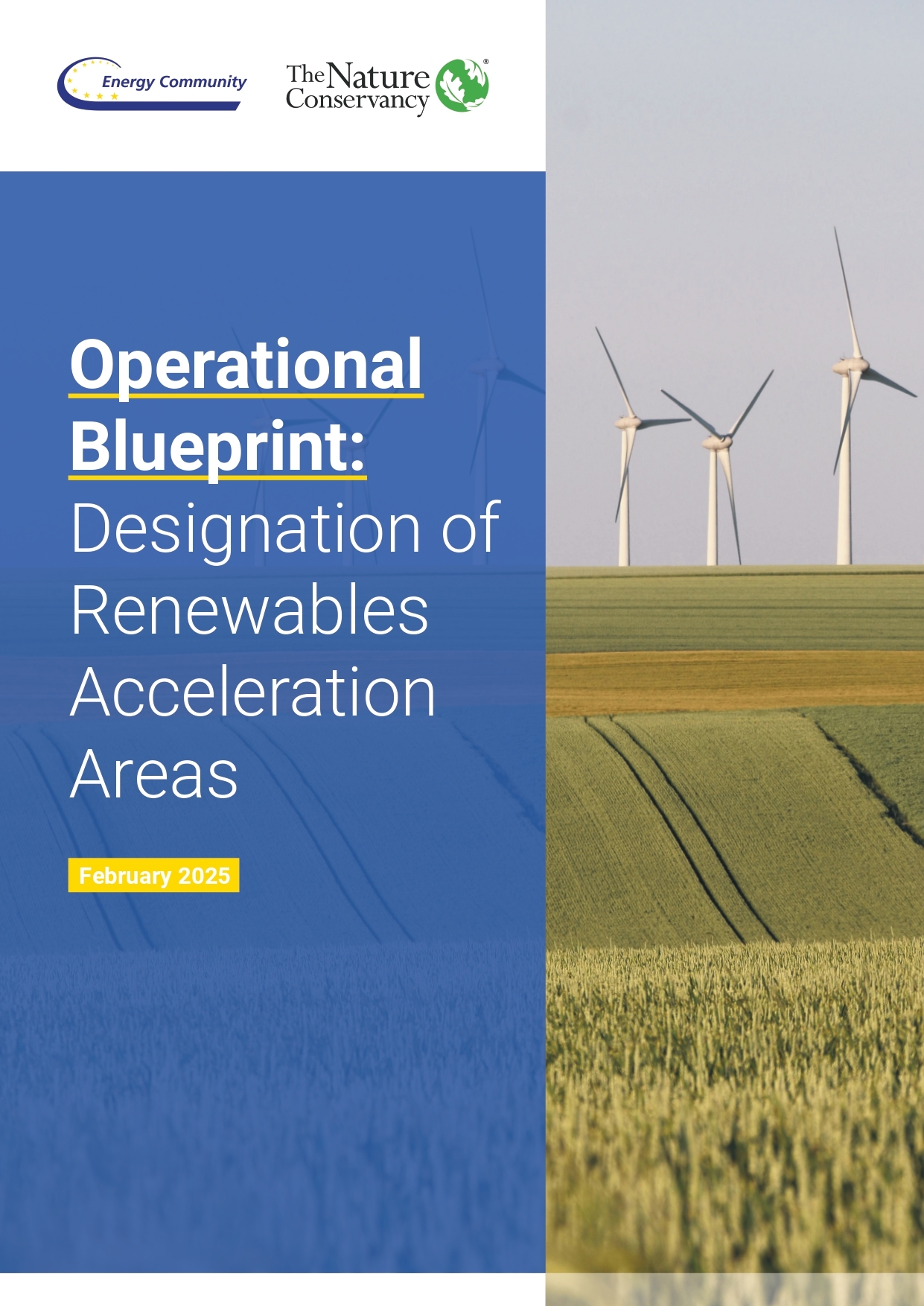 Operational Blueprint for the Energy Community
Operational Blueprint for the Energy CommunityA step-by-step guide to establishing Renewables Acceleration Areas for decision-makers and experts across the Energy Community region.
Download -
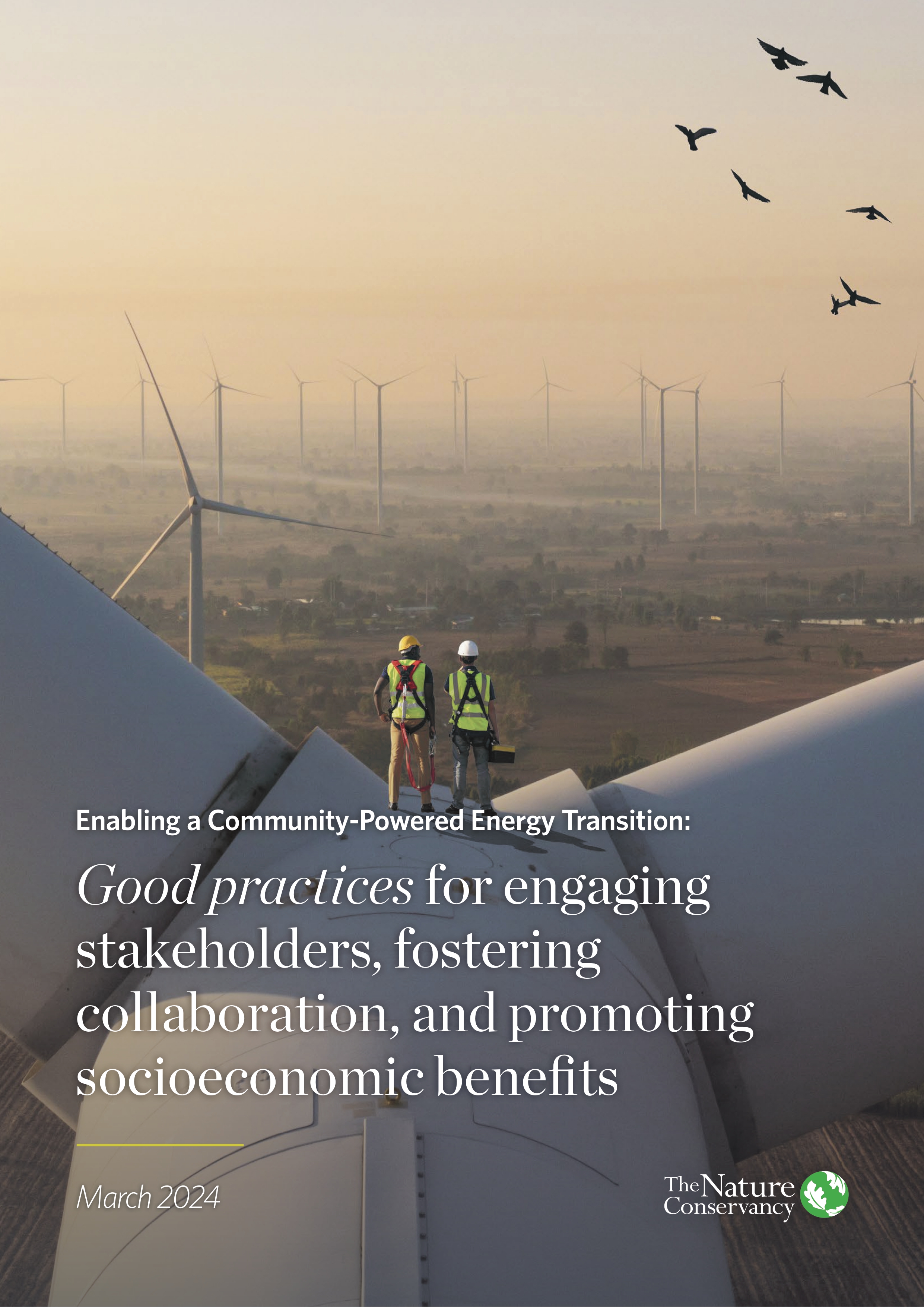 Enabling a Community-Powered Energy Transition
Enabling a Community-Powered Energy TransitionLearn more about emerging practices for empowering communities to ensure the socioeconomic benefits of the energy transition are shared.
Download -
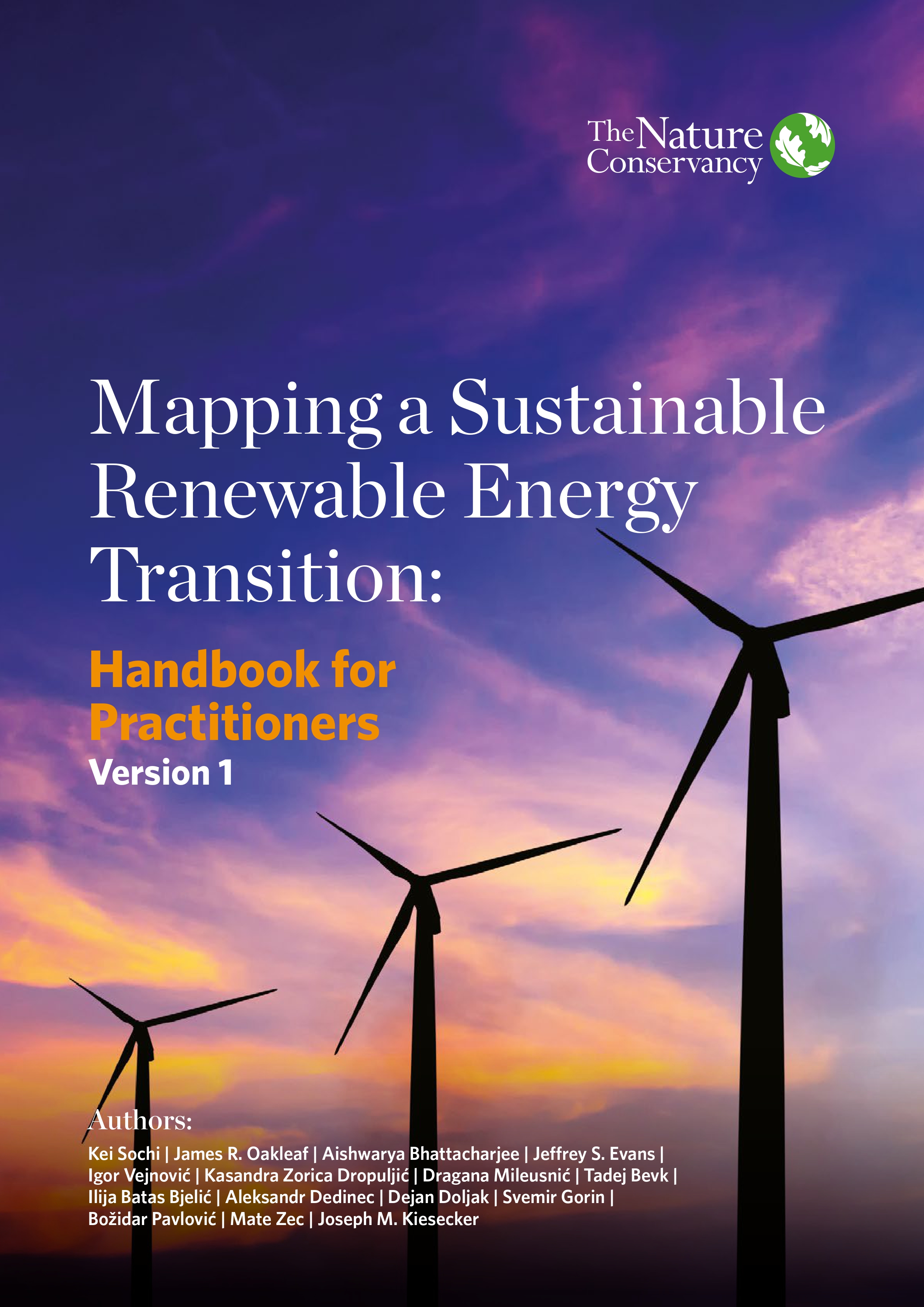 Mapping A Sustainable Renewable Energy Transition
Mapping A Sustainable Renewable Energy TransitionExplore our practical guide and handbook, complete with resources and examples for practitioners in Europe.
Download
The Global Insights Newsletter
Get our timely takes on some of the biggest challenges facing people and the planet.



